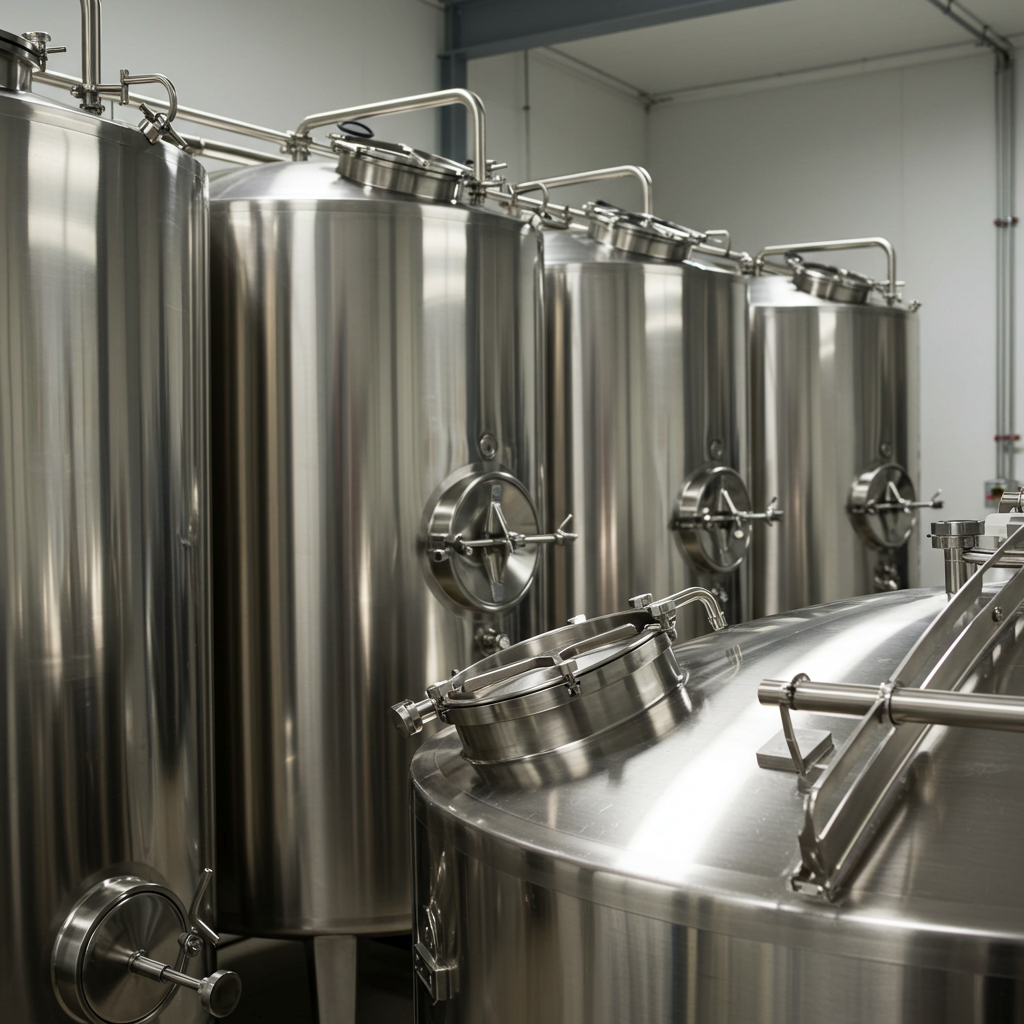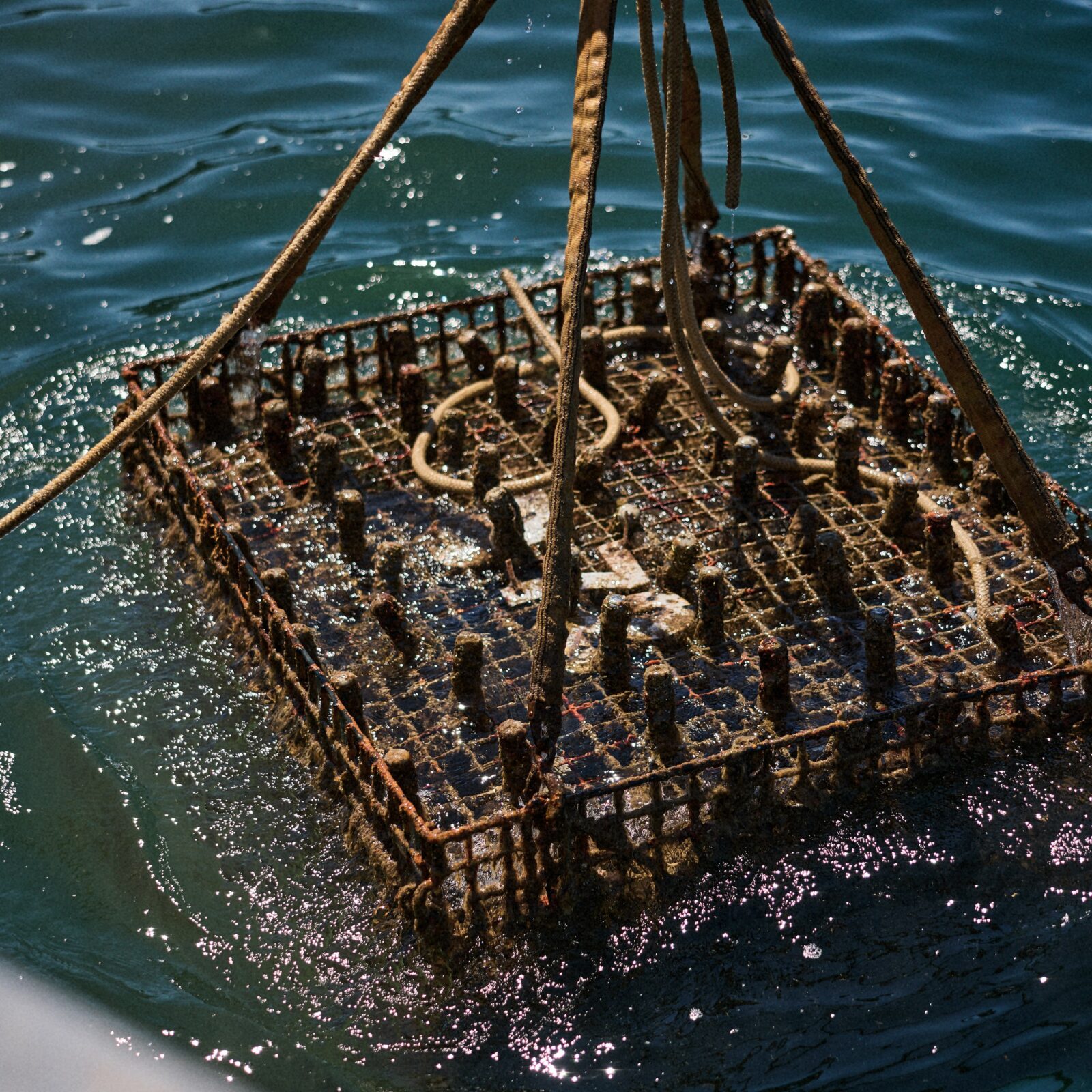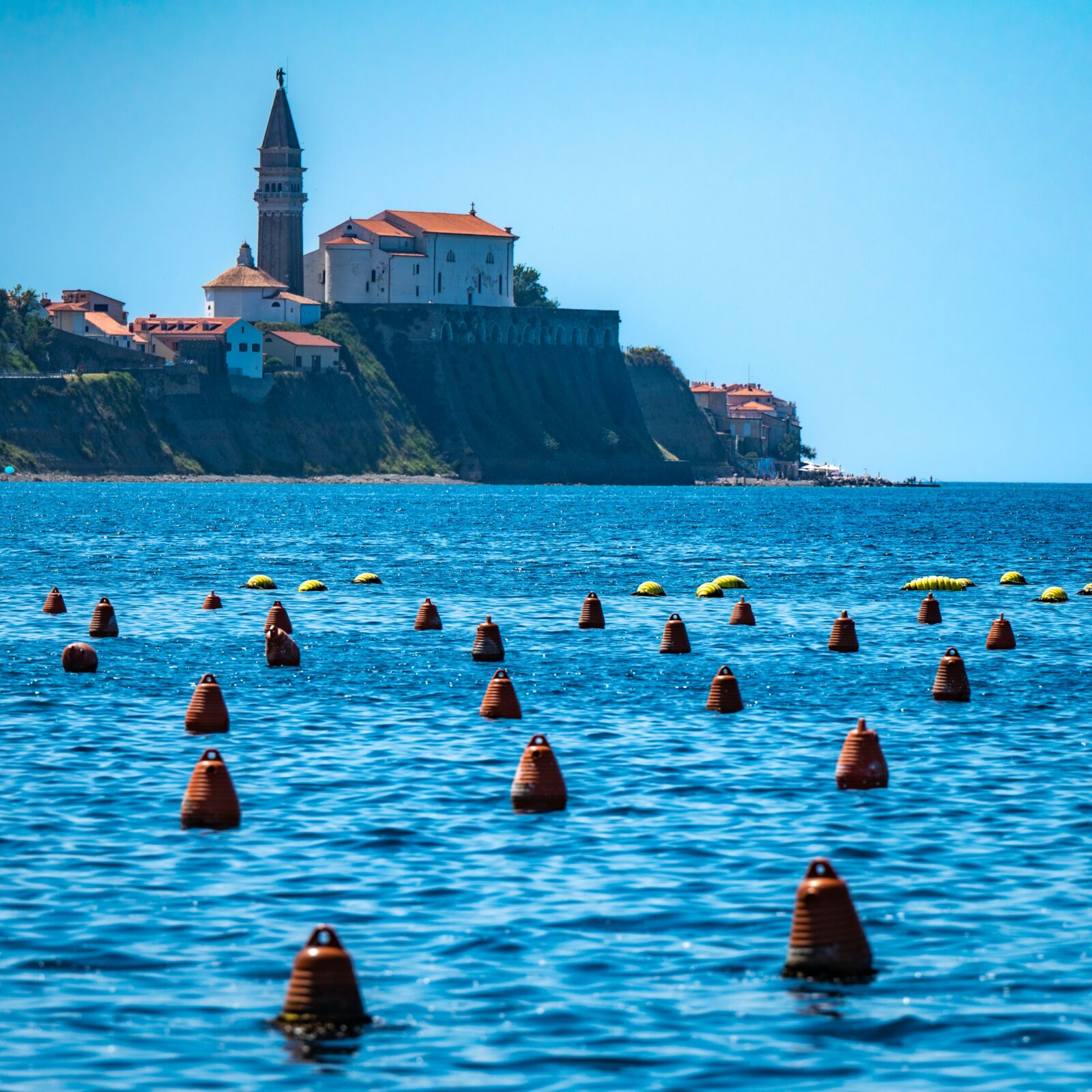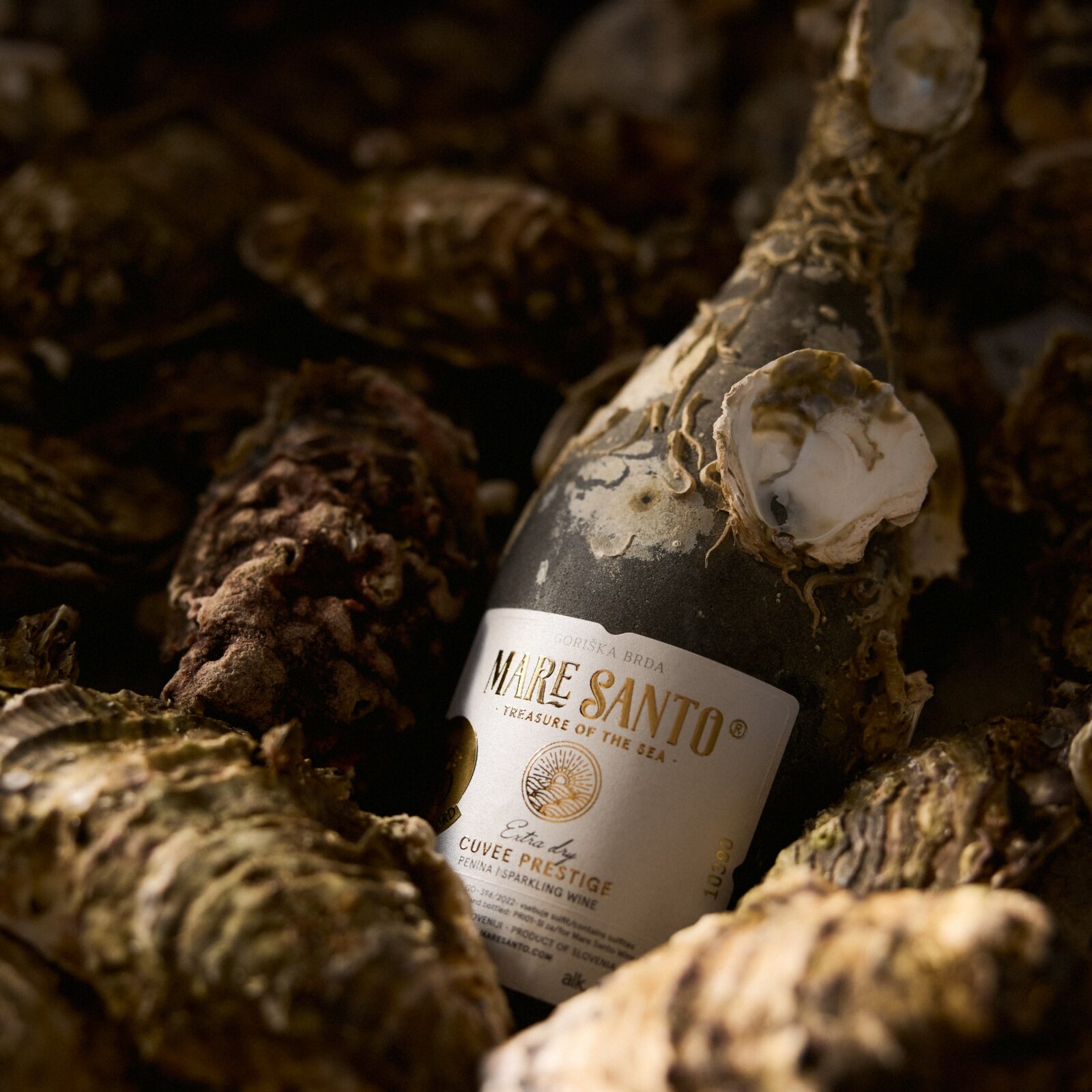Your cart is currently empty!
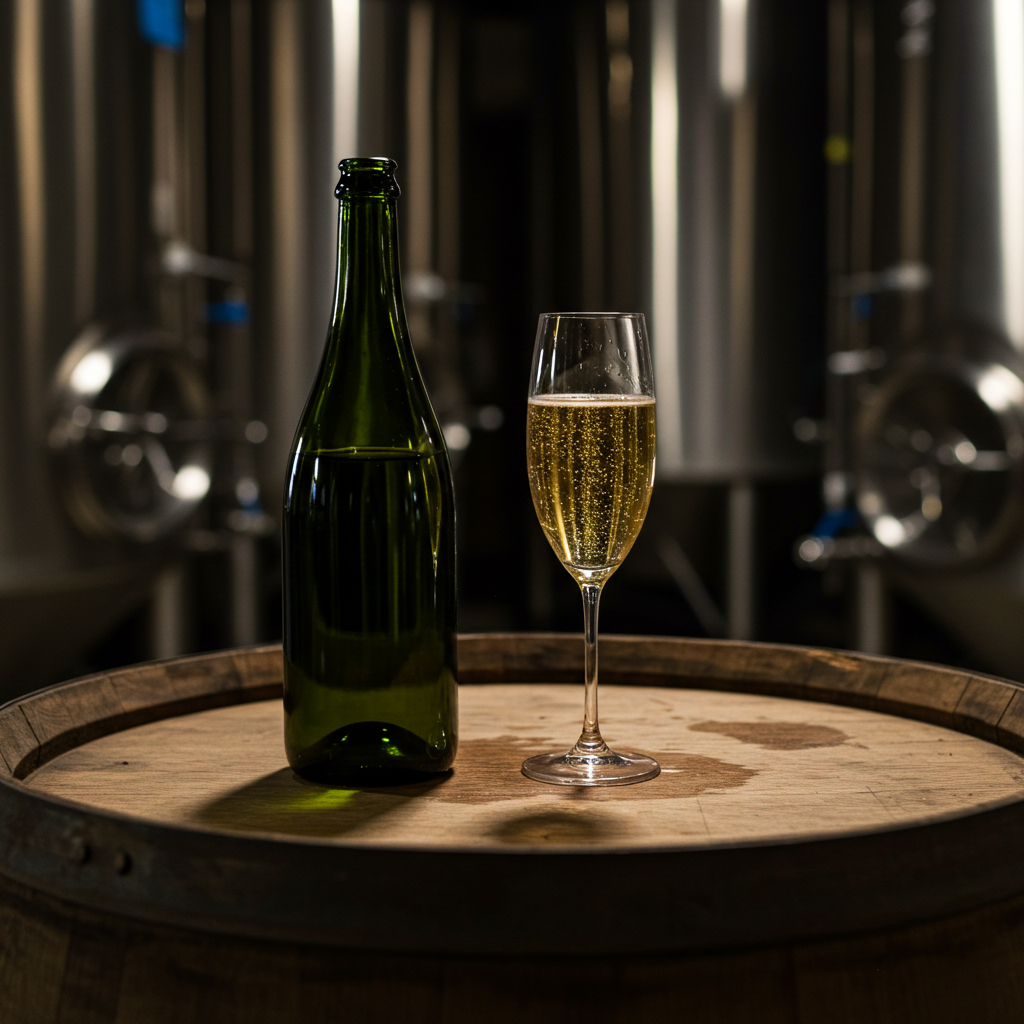
The Effervescent Charm of the Charmat Method: A Journey from Tank to Table
—
Sparkling wine, with its joyous effervescence and celebratory appeal, is a staple at gatherings worldwide. While Champagne’s traditional method often steals the spotlight, a significant portion of the world’s beloved bubbly, including Italy’s iconic Prosecco, owes its sparkle to the efficient and fruit-forward Charmat method. Also known as the Tank Method, Metodo Italiano, or Cuve Close, this production technique revolutionized sparkling wine, making it more accessible and preserving the fresh, aromatic character of the grapes.
The Charmat Method: A Quick Path to Effervescence

The Charmat method begins similarly to other sparkling wine production: with the creation of a still, dry base wine. However, the divergence occurs during the crucial secondary fermentation. Instead of individual bottles, the base wine is transferred into large, pressurized stainless steel tanks, known as autoclaves. Here, a mixture of sugar and yeast, called the liqueur de tirage, is added. This initiates a second fermentation within the sealed tank. As the yeast consumes the sugar, it produces alcohol and carbon dioxide, which, being trapped under pressure, dissolves into the wine, creating the signature bubbles.
One of the primary advantages of the Charmat method is its speed and cost-effectiveness. The entire secondary fermentation process typically takes a few weeks to a couple of months, significantly less time than the Traditional Method, which can span years. This accelerated process, coupled with the ability to manage large volumes in tanks, translates to lower labor costs and a more affordable final product. Furthermore, the Charmat method is particularly adept at preserving the primary fruit and floral aromas of the grape varieties, as the wine has less contact with yeast lees compared to bottle-fermented wines. This makes it ideal for aromatic grapes like Glera (Prosecco), Moscato, and some Rieslings, resulting in wines that are fresh, vibrant, and expressive.
Charmat Lungo: Extended Lees Contact for Greater Complexity
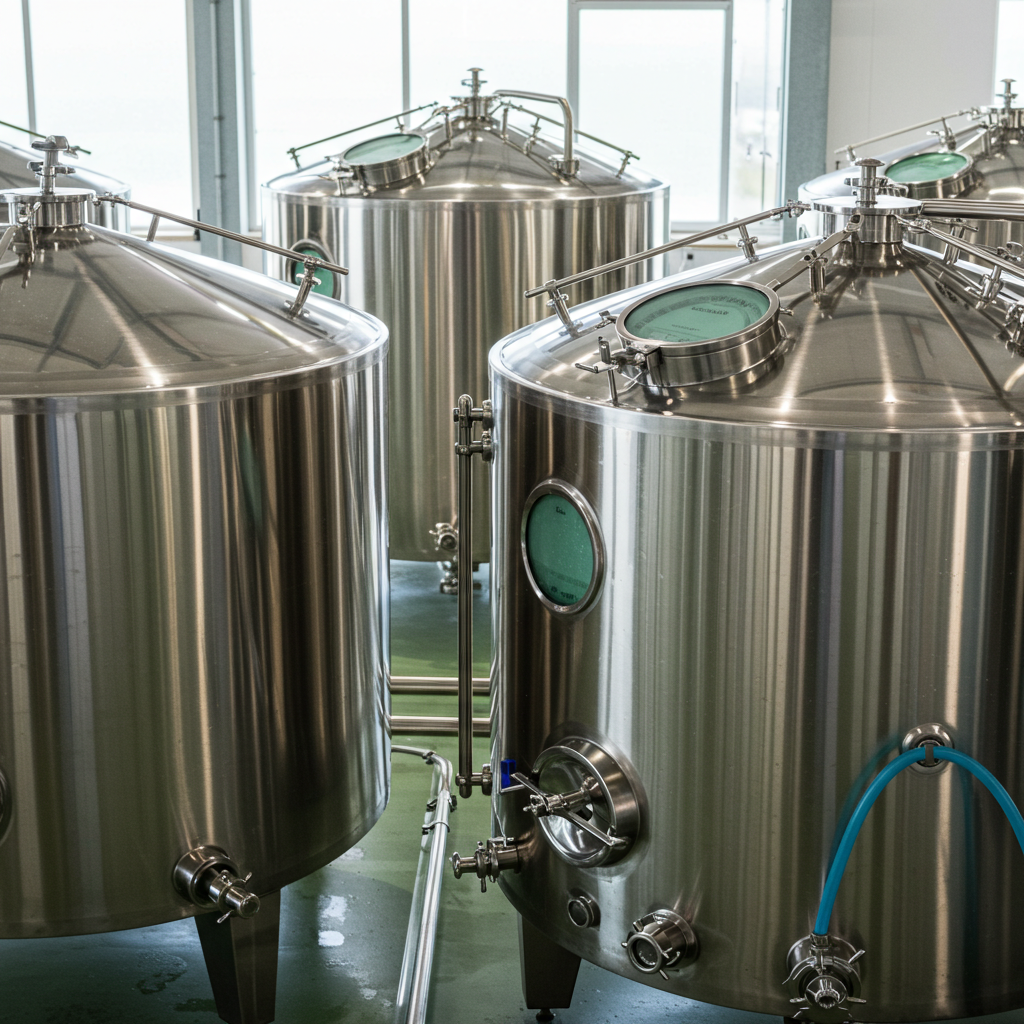
While the standard Charmat method emphasizes freshness and quick turnover, some producers employ a variation known as Charmat Lungo (or “long Charmat”). This method extends the period of aging on the lees within the pressurized tanks, typically for several months, or even up to a year or more. This prolonged contact with the spent yeast cells (lees) allows for a subtle autolysis to occur, imparting greater complexity, a finer perlage (smaller, more persistent bubbles), and a richer texture to the wine, bridging the gap between the immediate fruitiness of standard Charmat and the more developed notes of traditional method wines.
Mare Santo’s Undersea Aging: The “Charmat Lungo” Meets the Deep Blue
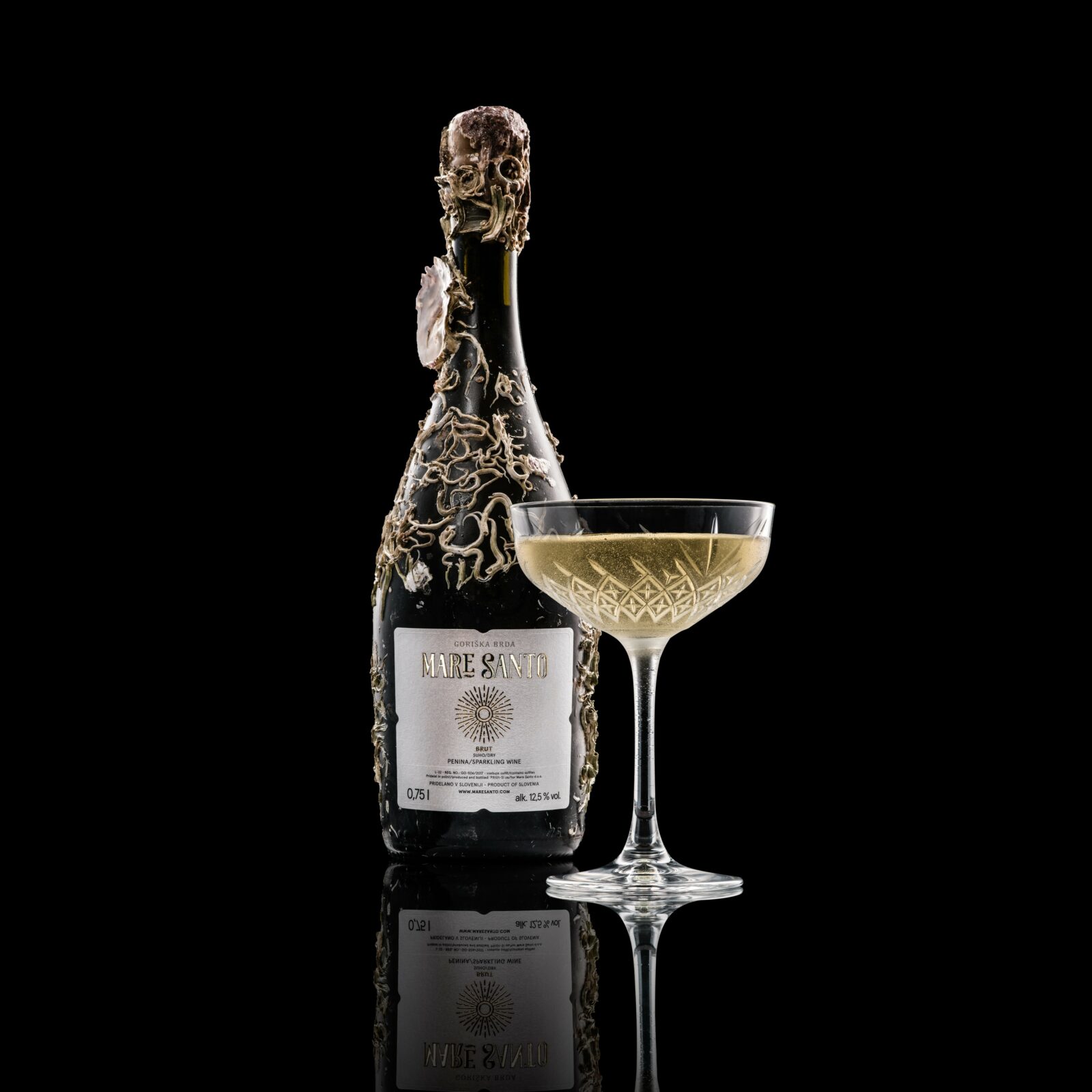
A fascinating and truly unique application of extended aging, pushing the boundaries of the Charmat Lungo concept, is found in Mare Santo’s undersea aging process. This Slovenian producer takes a remarkable step beyond the conventional cellar, submerging their sparkling wines deep within the clean, blue waters of the Adriatic Sea. While the Charmat method initiates the secondary fermentation and creates the bubbles in tanks, Mare Santo’s innovation lies in its post-fermentation aging.
At depths of approximately 20 meters, where constant low temperatures, darkness, and a stable, higher atmospheric pressure prevail, the Mare Santo wines undergo a distinctive maturation. The gentle, ceaseless movement of the sea currents keeps the bottles in motion, contributing to a continuous subtle agitation of the wine. Moreover, the unique underwater environment is believed to allow a subtle exchange of minerals from the saltwater through the cork, imbuing the wine with a heightened minerality and a truly individual character. This pioneering approach, rooted in historical tales of shipwrecked wines, results in sparkling wines that are not only visually unique with their naturally encrusted bottles, but also possess an unparalleled depth and freshness, a testament to the sea’s profound influence on their evolution.
In conclusion, the Charmat method remains a cornerstone of sparkling wine production, offering a direct and vibrant expression of fruit. The evolution towards Charmat Lungo and innovative practices like Mare Santo’s undersea aging demonstrates a continuous quest for enhanced complexity and unique sensory experiences, proving that the world of sparkling wine is as dynamic and captivating as its bubbles.
